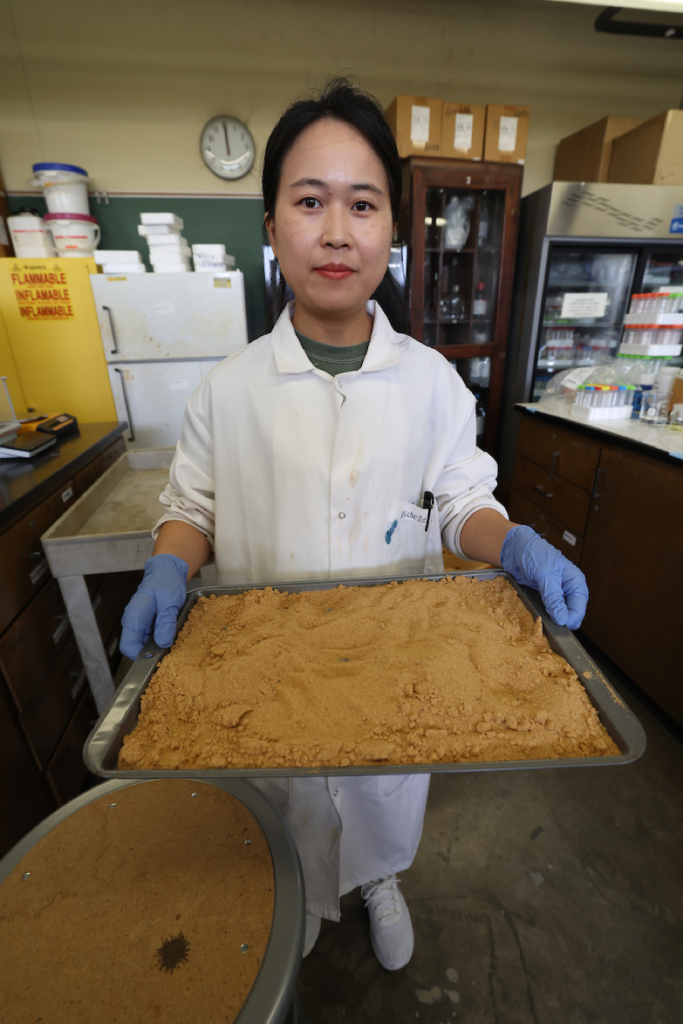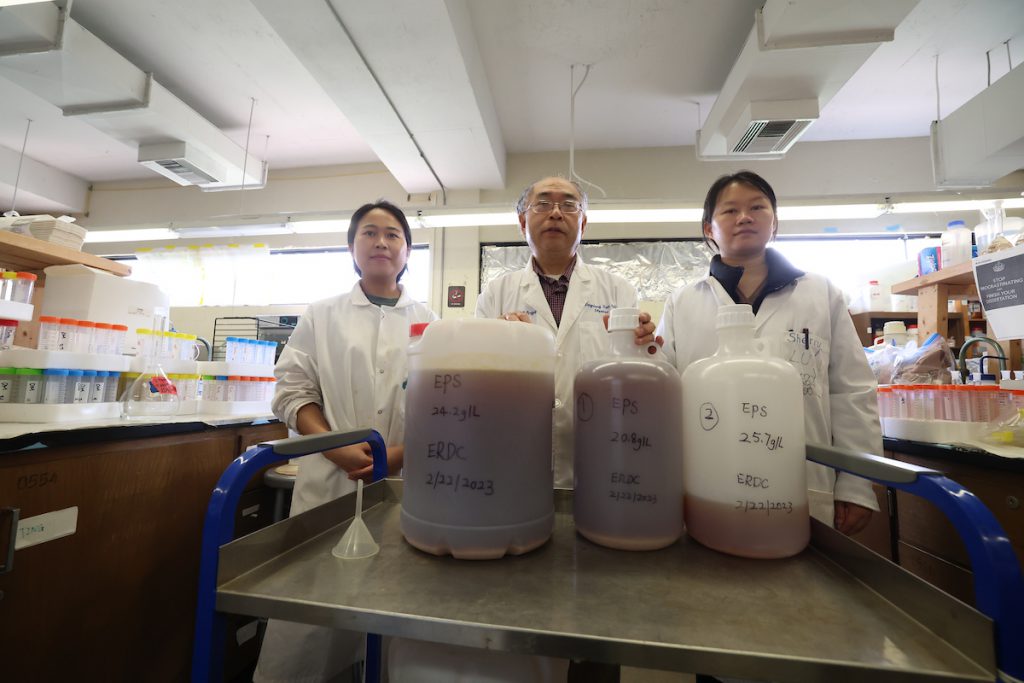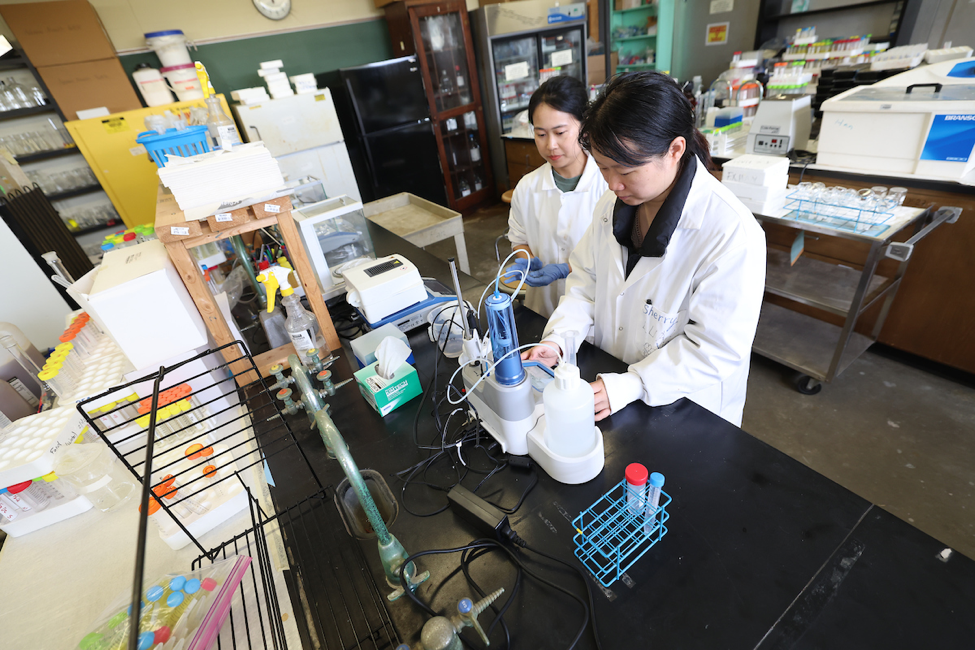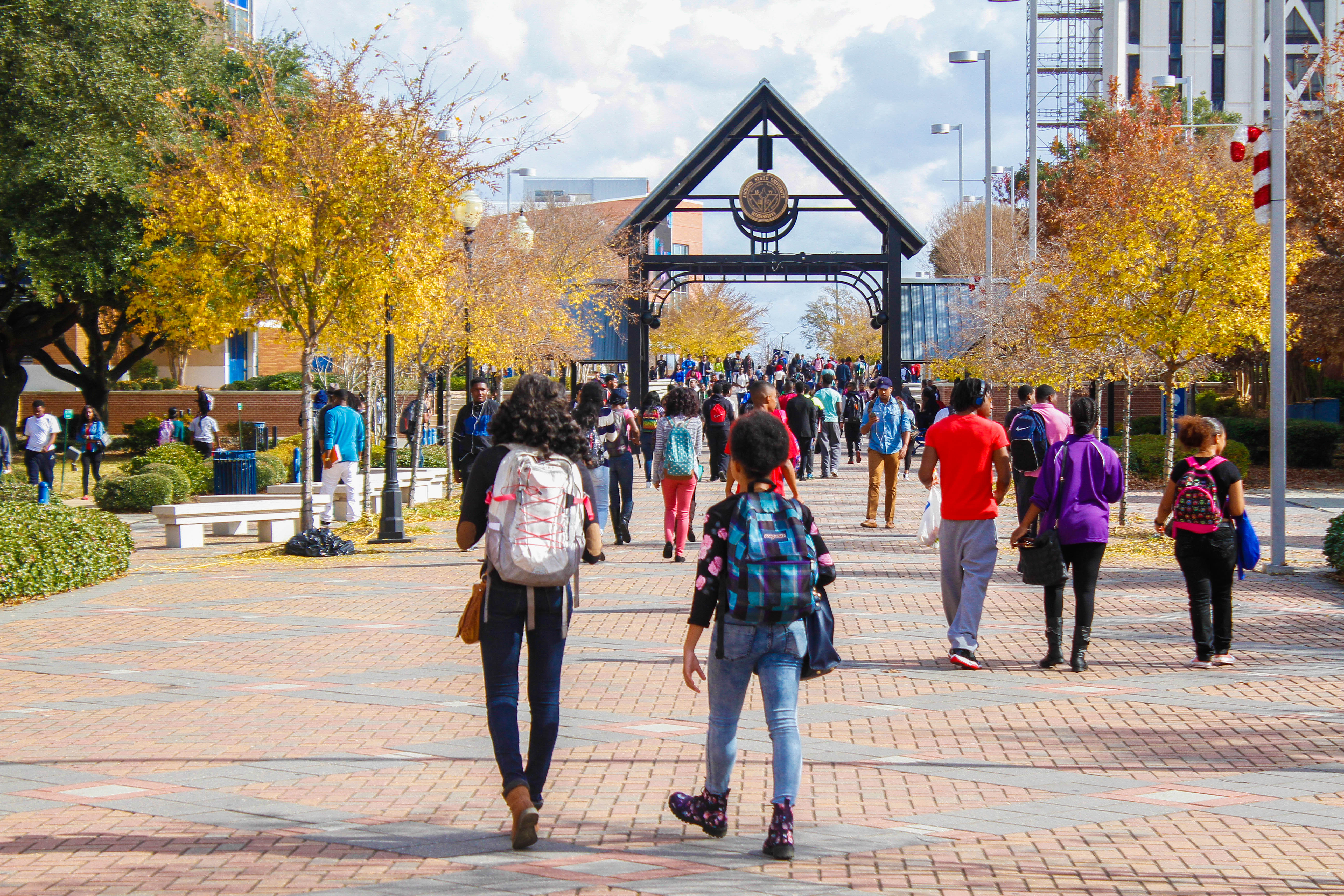With an $800,000 grant from the U.S. Army of Engineer Research and Development Center (ERDC), a Jackson State University researcher has developed a new type of biopolymers that offers a cost-effective way to prevent erosion of levees and promote plant growth. This collaborative study is between JSU and ERDC’s environmental lab in Vicksburg, Mississippi.
Biopolymers have the potential to protect levees such as the Mississippi River and can be used effectively to support various applications by the U.S. military, biotech industry and civilians.
Frank Han, Ph.D., a professor in the Department of Chemistry, Physics and Atmospheric Sciences, hailed the research for clarifying how biopolymers interact with clay and oxides and for providing a deeper understanding of how they correspond to nutrients and aluminum ion.
“These biopolymers are polysaccharide-based with dynamic chemical-physical-biological properties for controlling plant nutrients,” Han said. “Rhizosphere microbial polymers exhibit bioactivity and can play dynamic roles in biological processes including metal adsorption, nutrient supply, soil structure formation, and even crop productivity.”
Han’s research revealed that biopolymers altered the surface properties of clay minerals and enhanced the adsorption capacity of pollutants (heavy metals, radionuclides) as well as nutrient-rich (nitrogen, phosphate) species.

“Currently, two Ph.D. students and a visiting professor work on these projects. A number of previous graduate students have benefited from the collaborative study, and a majority of these graduate students are now faculty members in universities throughout Mississippi and the South,” Han said. These institutions include Alcorn State University, Fort Valley State University, Mississippi College, Southern University and Tougaloo College. As well, some graduates performing related tasks work with the EPA and the Gulfport Nuclear Power Plant. Additionally, Han said a number of other alums work in industries and government agencies, such as the U.S. Environmental Protection Agency (EPA).
With his research, Han envisions small high-tech businesses producing processes to stabilize levees more cost-effectively. Theoretically, he said farmers could enhance crop growth and improve soil health while the public may benefit from the protection of biopolymers when natural disasters, for example, threaten levees.
Han said future studies are necessary to determine the long-term stability of biopolymers in soils and sediments. He encourages the testing of biopolymers in diverse soils, such as those located at agricultural and U.S. Army sites, to determine the potential effects on the environment.








